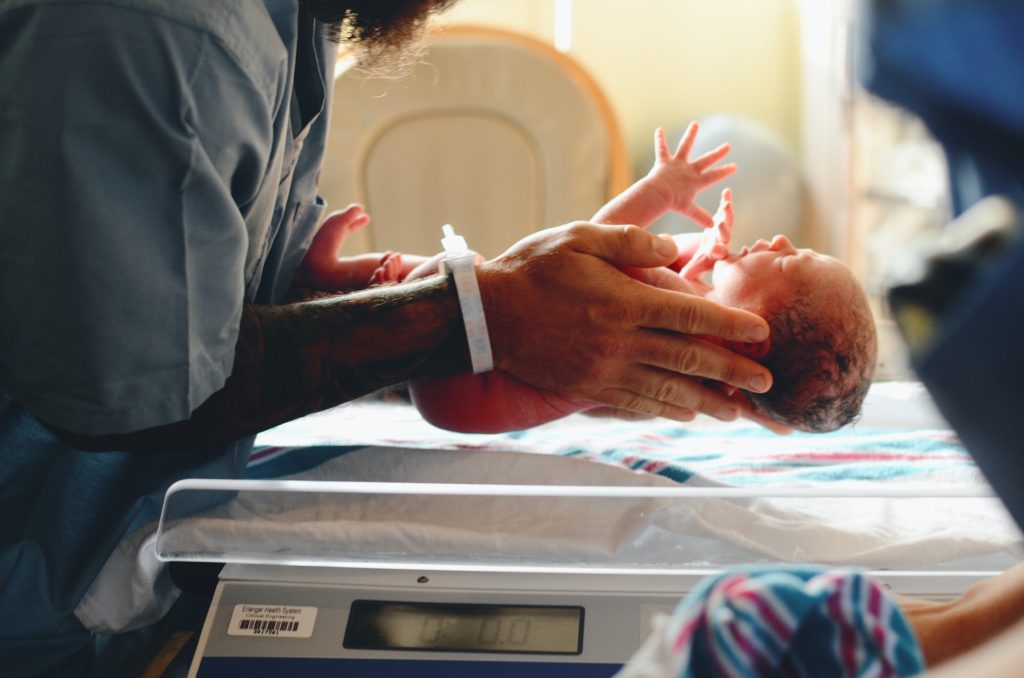By Lori Lee
NDG Contributing Writer
This April, Americans will start to lose their healthcare coverage, and for many, it will be unexpected. This, as states resume the normal review process to determine eligibility for the 86.7 million people covered under Medicaid.
Due to a health equity policy that allowed continuous coverage under the Families First Coronavirus Response Act, this Spring will mark the first time Medicaid will require annual reviews of eligibility. The Continuous Coverage requirement was meant to ensure people could maintain health coverage during the critical time of the pandemic.
According to Farah Erzouki, Senior Policy Analyst, Center on Budget and Policy Priorities (CBPP), under the act, states were able to keep most people covered through Medicaid in exchange for an increase in federal matching funds. During this time, Americans didn’t have to requalify, and children were also able to keep their coverage continuously under CHIP through the Act.
When the continuous coverage program ends in March of this year, so too will coverage for millions of Americans. Many people will learn of their ineligibility under Medicaid and be able to qualify for low-cost coverage under the Health Marketplace. However, millions will fall through the cracks in a system divided due to the differing eligibility requirements across different states. While some will be able to transition to other coverage, many will find themselves without any options for affordable coverage.

During the twelve months between April 2023 and April 2024, Medicaid offices throghput the country will start the process of ending coverage for those who fall ineligible under Medicaid’s current criteria.
In this period dubbed the “great unwinding” by Medicaid and Medicare, many families will lose coverage, as 89 million Medicaid enrollees will be required to reapply to maintain eligibility. Medicaid experts estimate 15 million people will lose access to healthcare over the next year. Despite otherwise legitimate eligibility, 7 million of those will simply fail to fill out the paperwork, some because Medicaid was unable to reach them. In addition, Medicaid agencies across the country will be overwhelmed with the processing of cases and documents during this time, explains Erzouki.
Because people have been maintaining coverage effortlessly under the pandemic-era program, they may not have contacted Medicaid’s offices for some time. They may have moved, changed their address, or their phone number, without thinking to update Medicaid. Consequently, those who have moved during the pandemic may not receive their renewal notice.
Eligible individuals and families, particularly people of color, are at risk, with nearly one-third of those losing coverage predicted to be Latino, while Blacks are predicted to make up 15%. Black people make up 60% of those on Medicaid, reports the Centers for Medicare and Medicaid Services (CMS).
Others predicted to fall in the gap of those to lose coverage are parents with very low incomes and post-partum mothers, whose past eligibility will be ending shortly after the end of their pregnancy. Children are particularly at risk of losing CHIP/Medicaid coverage. The coverage gap also weighs toward young adults who just turned 19 and will thus no longer qualify as a child.
The American Rescue Plan allowed states that opted to expand coverage to cover nearly all adults with incomes up to 138% of the federal poverty level. While states that adopted the expansion would avoid coverage loss after the Public Health Emergency (PHE), those in non-expansion states, such as Texas, will be at greater risk. Of the eleven non-expansion states, eight are in the south, where there is already too little access to healthcare coverage, explained Guerra-Cardus.
CMS estimates 383,000 individuals will lose Medicaid coverage as a result of their location in a non-expansion state. This, due to incomes that are too high for Medicaid but too low to for Marketplace tax credits.
The federal government has tried to safeguard against problems through funding and by requiring each state to continually report status. The ACA also allowed for a pause if needed, where the Biden Administration could extend the date of the Public Health Emergency (PHE), allowing continuous coverage to remain in effect for an additional 90 days.
To avoid a loss of coverage, Laura Guerra-Cardus, CBPP’s Director of State Medicaid Strategy, recommends people contact Medicaid to update their contact information. People should also check their mail throughout the coming year, seeking letters from Medicaid or Chip and to learn how to complete the required renewal forms.
CMS projects that some 8.2 million covered under Medicaid will reapply and find they no longer qualify. Thanks to the Affordable Care Act, those failing to qualify under Medicaid may be eligible through the Health Marketplace or ACA. Though Marketplace open enrollment ended recently, the loss of Medicaid would qualify as a major life event, allowing people to add coverage. However, given the limited time available to transition to new coverage, the fear is that coverages will lapse before there is a chance to apply.
Eligibility and income requirements vary widely by state, so people should seek help in understanding the requirements specific to their state. Non-profit, community-based organizations are trained and funded to help with enrollment. In addition, The Texas Health and Human Services Commission (HHSC) created the Case Assistance Affiliate program, a program that allows Medicaid managed care plans to assist people directly with redetermination. Healthcare.gov also has a search function for people seeking help navigating the system.
Continuous coverage under the Affordable Care Act allowed Medicaid to grow 30%, while keeping people covered during a critical time. However, it is time for Americans to transition to other forms of coverage where needed.
The process of unwinding will continue throughout the year. People are encouraged to avoid administrative hurdles by contacting Medicaid or other agencies there to provide help.
For local help filling out an application go to: https://widget.getcoveredamerica.org, and for more information, please visit www.healthcare.gov.




